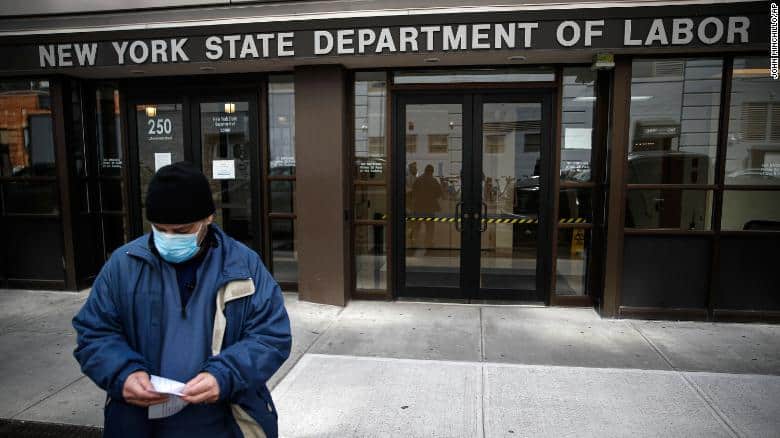As the global total number of confirmed COVID-19 cases races to 2 million, and global unemployment continues to rapidly increase, markets have just experienced their best upswing since the 1970s. The term “best week” relates to the increase relative to the terrible month that predated last week’s rally. American markets took a number of factors into consideration that lead to their current state of optimism.
While markets are still down compared to pre-coronavirus numbers, last week’s rally appears to have come from an increase in knowledge about the US outbreak, the decision by major oil producing countries to cut oil production by 10%, and the apparent willingness of the Federal Reserve and US government to provide any stimulus needed.
The stock market is not supposed to be an indicator of present fortunes, but forecasts for the future and last week’s rally can serve as a signal that market watchers consider that COVID-19 news should start to improve. The short-term market consideration also saw investors pick up some quick profit by buying and selling in last week’s rally.
Another reason for increased confidence in investing is the fact that there are no more bad businesses or potential bankruptcies. Stimulus and government guarantees are ensuring that even the worst-run businesses will survive the current crisis and businesses that do not need stimulus are simply adding to their already sustainable results.
Will it last?
Last week’s market rally appears to show growing optimism among investors. Investors hanging onto any shred of good news regarding COVID-19 and further stimulus announcements by the Federal Reserve and government benefited the rally. While markets initially seemed to respond positively to the news of an impending deal between Russia and Saudi Arabia in the recent war for oil prices, oil still fell slightly as a supply glut and historically low demand continue to worry many.
Markets take comfort in the Federal Reserve creating money at unprecedented levels. Signals from all branches of the US government about their willingness to give away as much borrowed stimulus money as would be demanded are giving investors courage. Still, markets appear to ignore that these unprecedented levels of quantitative easing and stimulus spending are the result of an unprecedented economic crisis the “real world” is facing.
The more reality meets the current optimistic market predictions, the worse the eventual drop could be. Yes, several countries have seen a “flattening of the curve,” but that does not mean people will stop dying anytime soon. Yes, there is more “free money” available than ever before, but it accompanies skyrocketing US debt and a greater imbalance with China, the country’s main creditor.
A focus on stimulus for business with little structural assistance to citizens was a Trump administration gamble. Whether market optimism is warranted will depend on global developments outside the market’s control. If the worst is behind us, markets could stabilize, but expert predictions that the COVID-19 pandemic will continue to escalate could easily spell doom.

